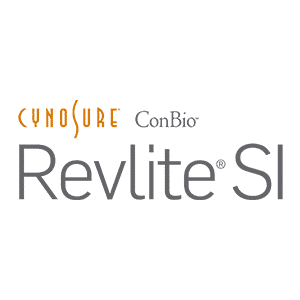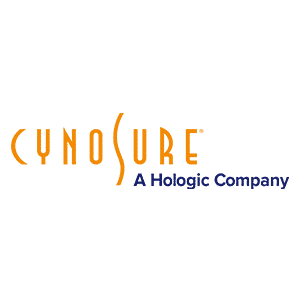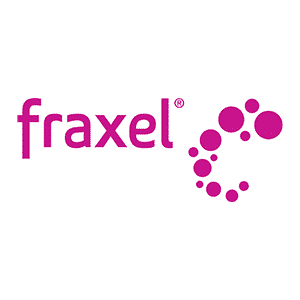- Leg vein disorders are very common with many women and men being troubled by unsightly and/or painful leg veins
- The choice of which treatment is best for an individual varies with size of veins, position of veins and whether there is any underlying deep vein trouble.
- There are only 3 ways to treat veins; surgery, sclerotherapy (injection treatment or thermal energy (laser or radio frequency)
- The most appropriate method of treatment requires evaluation by a properly qualified medical practitioner and often requires ultrasound testing.
- Treatment of leg veins requires balancing how effective a procedure is with how invasive the procedure is. Maintenance treatment is often necessary.
Many people are troubled by unsightly and/or painful veins in their legs. When leg veins become enlarged and dilated such that they become visible on the surface of the skin they are termed surface veins. These surface veins can range from small thin veins (spider veins) to large thick veins (varicose veins).
What causes veins?
Many factors play a part in the development of leg veins and over 50% of all people will develop surface and/or varicose veins at sometime.
There is a significant relationship between heredity and the development of varicose veins and “spider” veins. If your parents have varicose or spider veins there is a greater likelihood you will develop these abnormal veins.
The development of varicose veins and spider veins can occur at any age but usually commences between the ages of 18 – 35 years and peaks between 50 and 60 years.
Leg vein disorders occur in both men and women, with females being affected more frequently.
During pregnancy varicose veins may form but may also disappear shortly after the delivery of the baby. During pregnancy, the enlarged uterus tends to compress veins in the pelvic area causing leg veins to become enlarged. Also, hormone changes during pregnancy can affect the vein wall causing distension and valve damage or leakage.
People who are involved with prolonged sitting or standing in their daily activities have an increased risk of developing varicose veins.
Can veins be prevented?
There is no known method of prevention. Support stockings may slow the rate of progression in some people and are worth considering during pregnancy and in occupations that involve prolonged standing.
Treatment options
Collins Cosmetic Clinic specialises in minimally invasive leg vein treatments without hospitalisation, without requiring general anaesthetics, no cutting of the skin and with patients being able to resume normal activity and work immediately after treatment. All leg vein treatments are performed by experienced medical practitioners who have been fully trained in the latest leg vein treatment methods.
The most appropriate method of treatment requires evaluation by a properly qualified medical practitioner. The latest ultrasound based Doppler and colour flow Duplex ultrasounds are used to help in assessing the exact nature of any venous problem and identifying the best treatment plan for each individual patient.
The two main non surgical methods of treating leg veins are either sclerotherapy or laser.
Sclerotherapy is a treatment that involves the use of a very fine needle to sclerose (i.e. seal off) unwanted veins. The body then naturally breaks these veins down in the same way that it removes bruises. It is not painful due to the very fine gauge of the needles.
There are two methods of sclerotherapy. The simplest method is called surface sclerotherapy (also known as microsclerotherapy) where veins visible on the surface of the skin are directly targeted.
The other method is called Ultrasound Guided Sclerotherapy (UGS) where a special ultrasound called a Duplex ultrasound is used to identify veins below the skin surface. UGS aims to target veins below the surface where the problem is coming from deeper veins. UGS is a minimally invasive procedure which can target even very large varicose veins and underlying reflux problems without surgery.
Thermal energy refers to treatment involving heating of a vein to seal the vein shut. Thermal energy can be generated in two main ways: either using laser light or radiofrequency energy.
Laser treatment involves the use of a concentrated light beam of a very particular wavelength to specifically target and heat up and seal off the veins.
There are 2 main methods of laser treatment of veins. The simplest method is surface laser where a tiny beam of light is applied to the skin surface. At the Collins Cosmetic Clinic we have a range of vascular laser we can use for surface laser treatment of leg veins including YAG and PDL lasers. It is a more expensive and less reliable option for the majority of surface veins however it has a place especially for the smallest of leg veins (telangiectasia).
The other method of laser treatment for leg veins is called EVLT which stands for Endovenous Laser Treatment. This procedure involves the insertion of a laser fibre inside a leg vein and then application of a laser beam internally to seal off the problem vein. It has the advantage of minimal downtime compared to surgery but currently has no Medicare rebate.
Radiofrequency treatment is also referred to as VNUS closure. It involves using and ultrasound to guide a small catheter into the varicose vein and then delivering radiofrequency energy to shrink and then seal off the varicose vein. It can be performed in the rooms as a walk in walk out procedure and typically only requires one treatment session.













